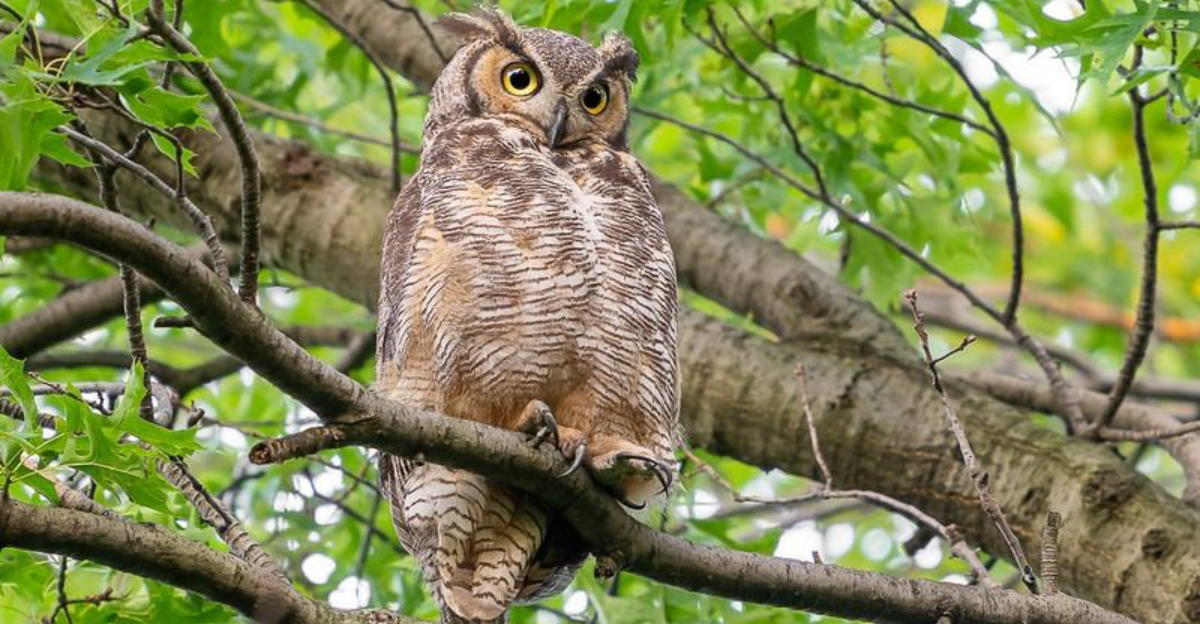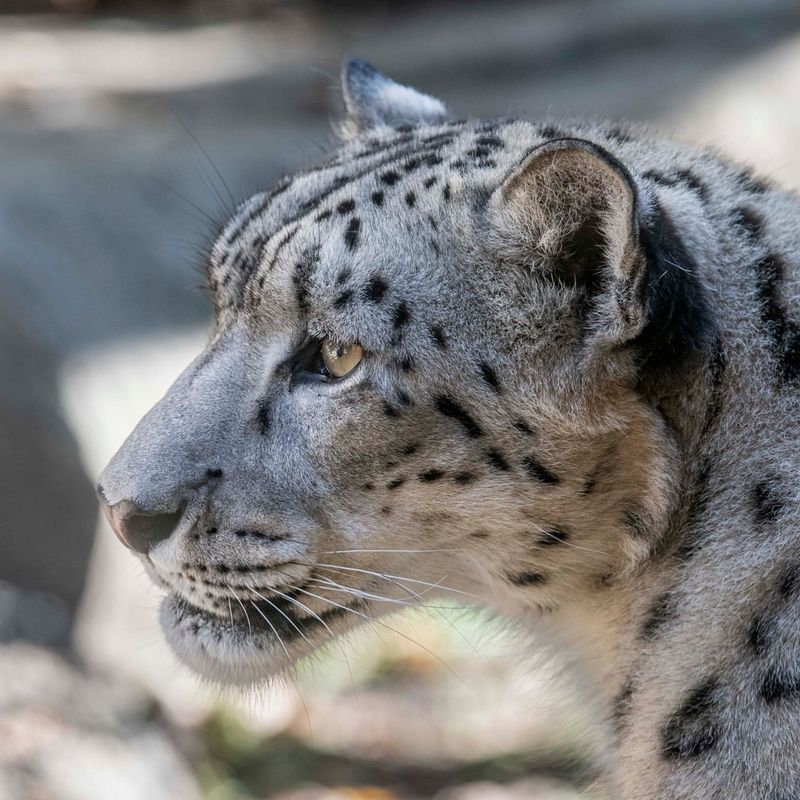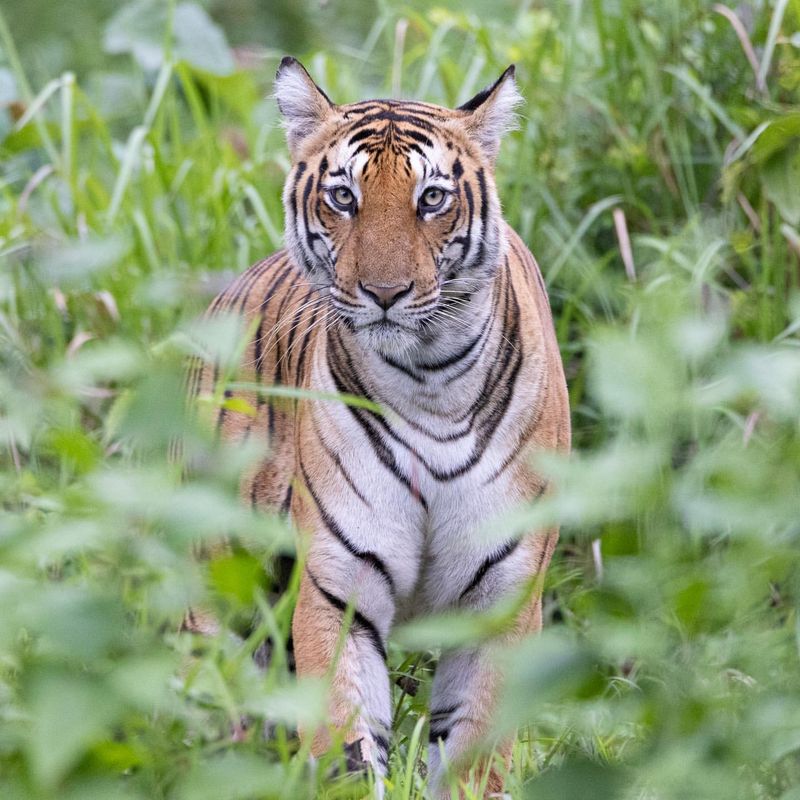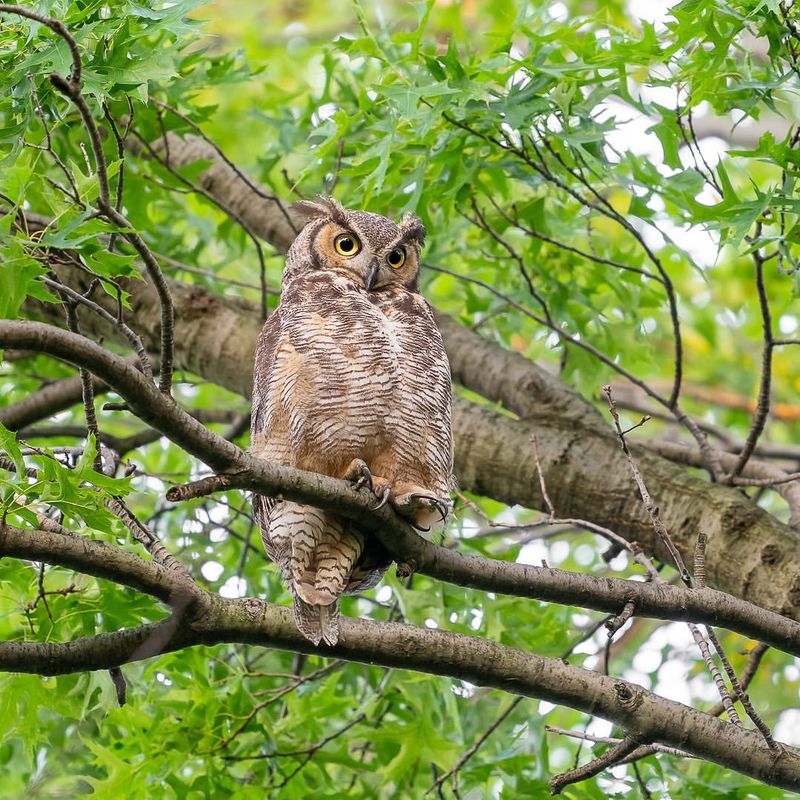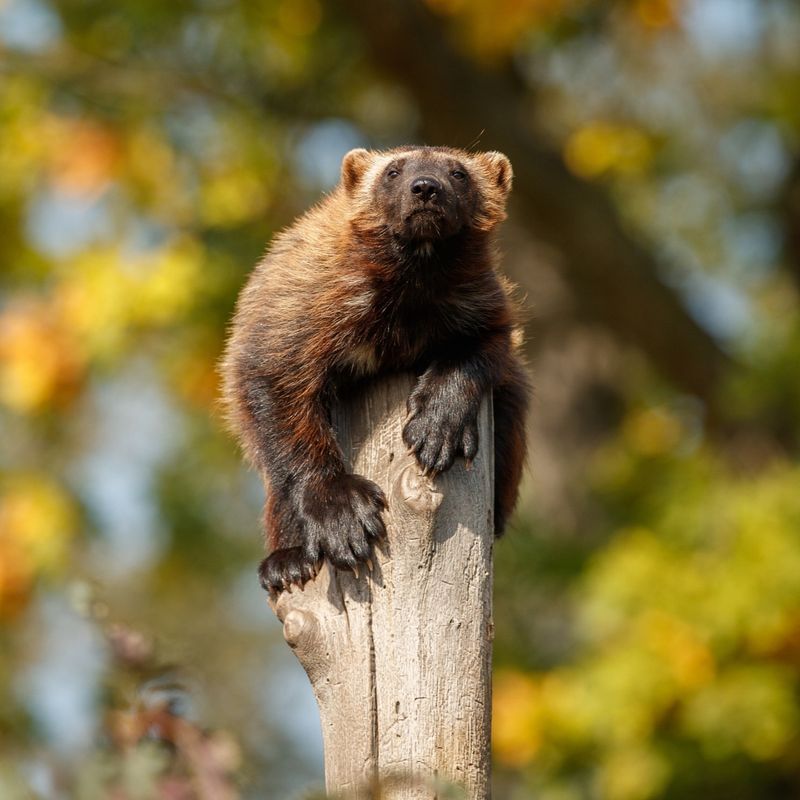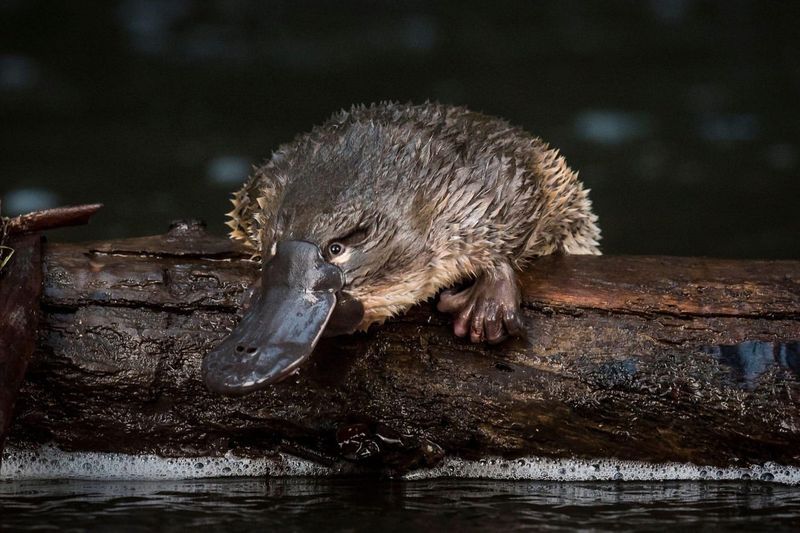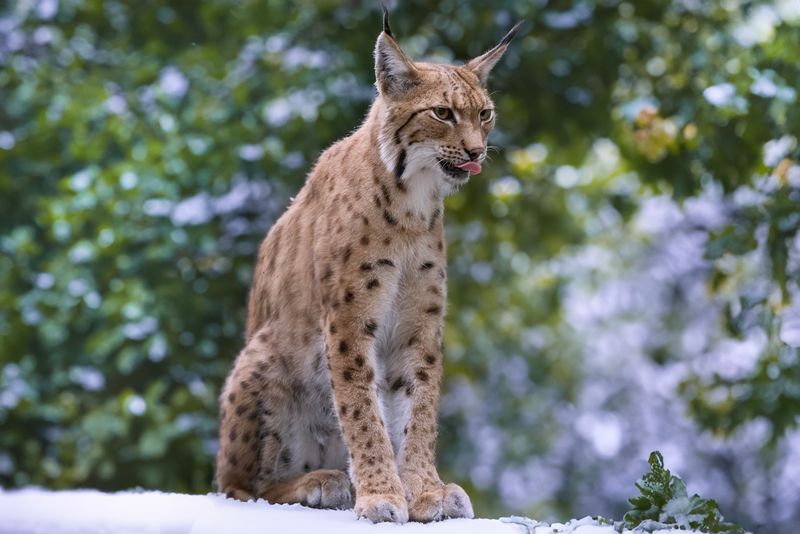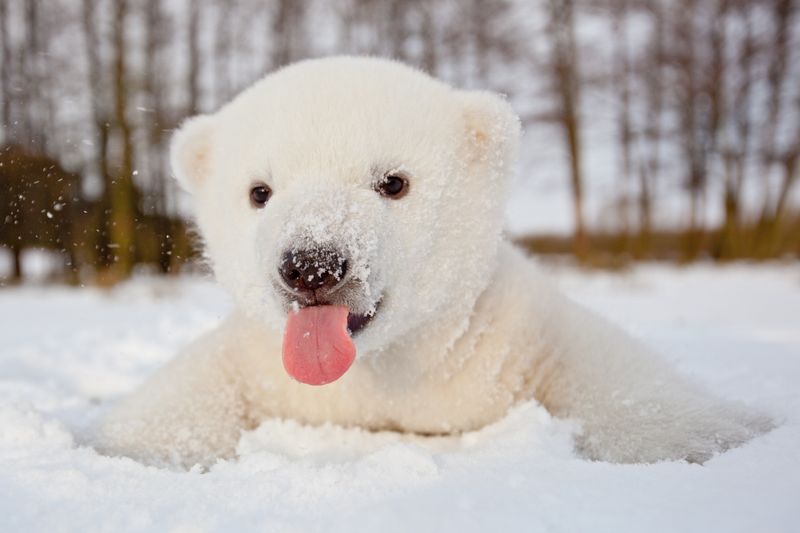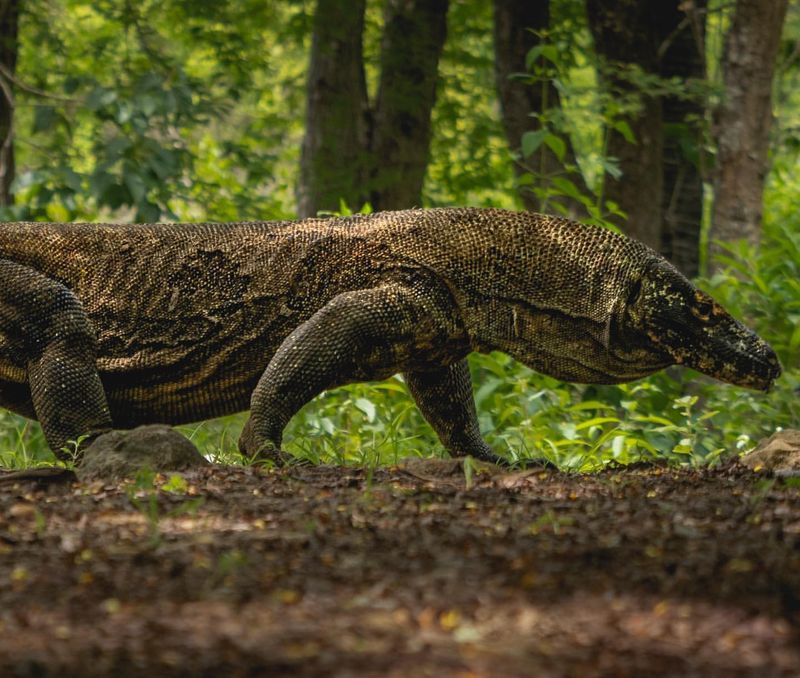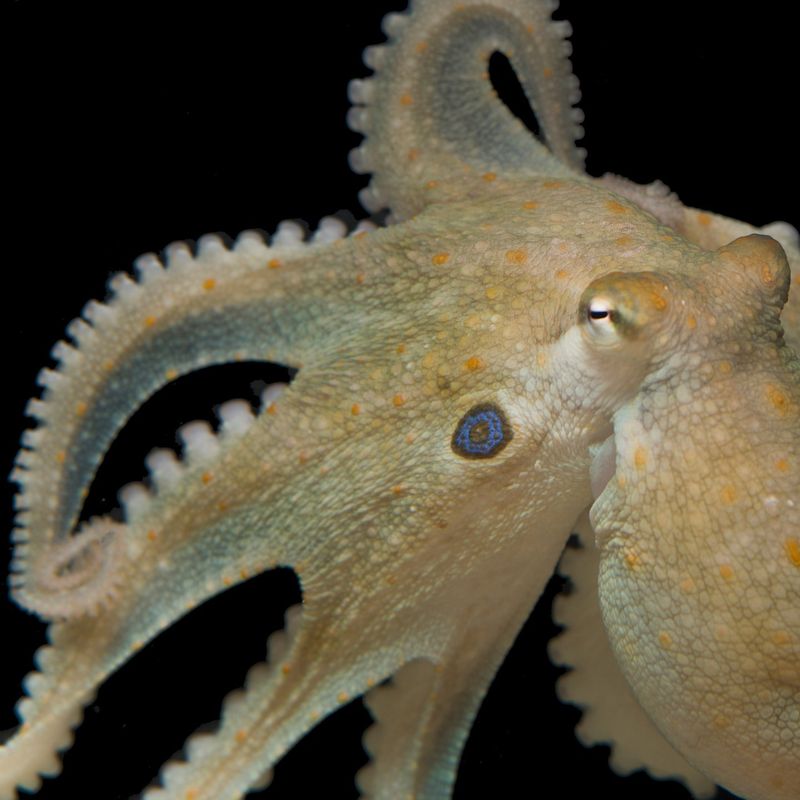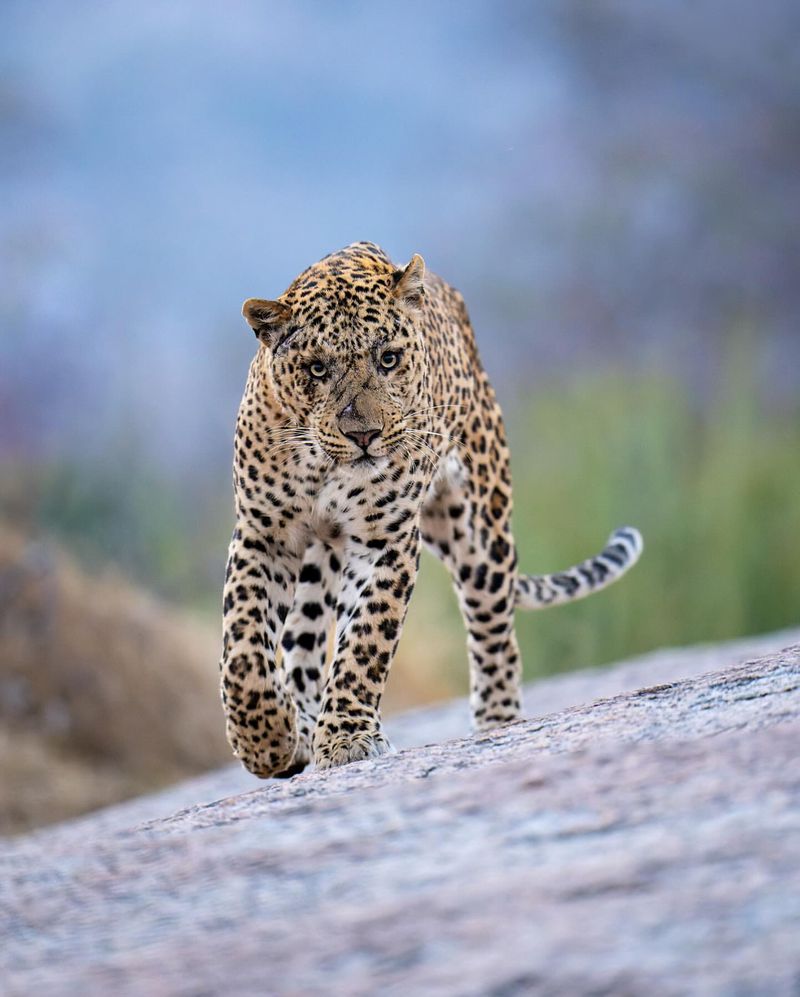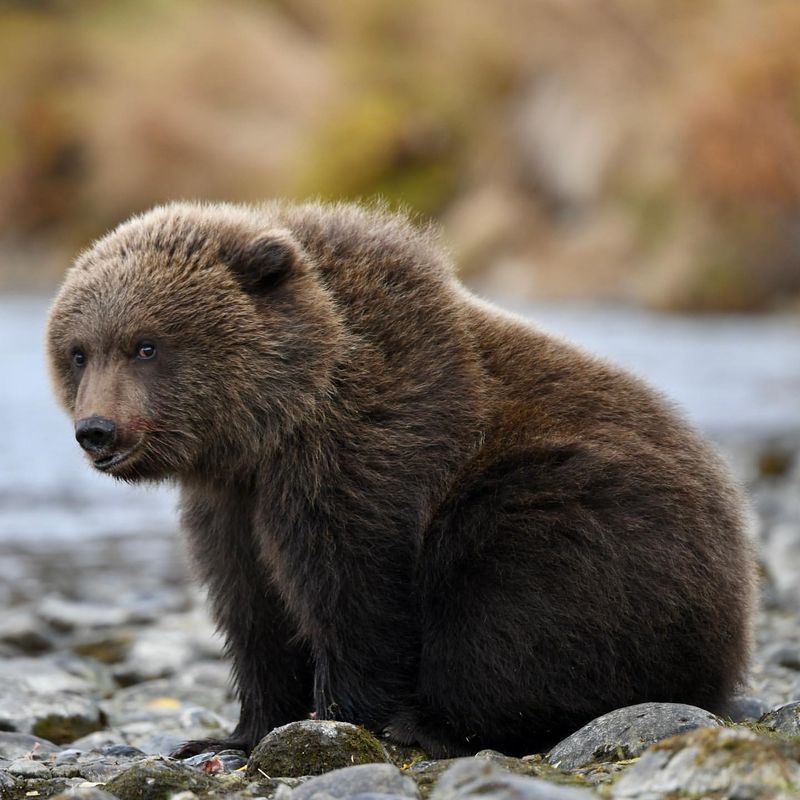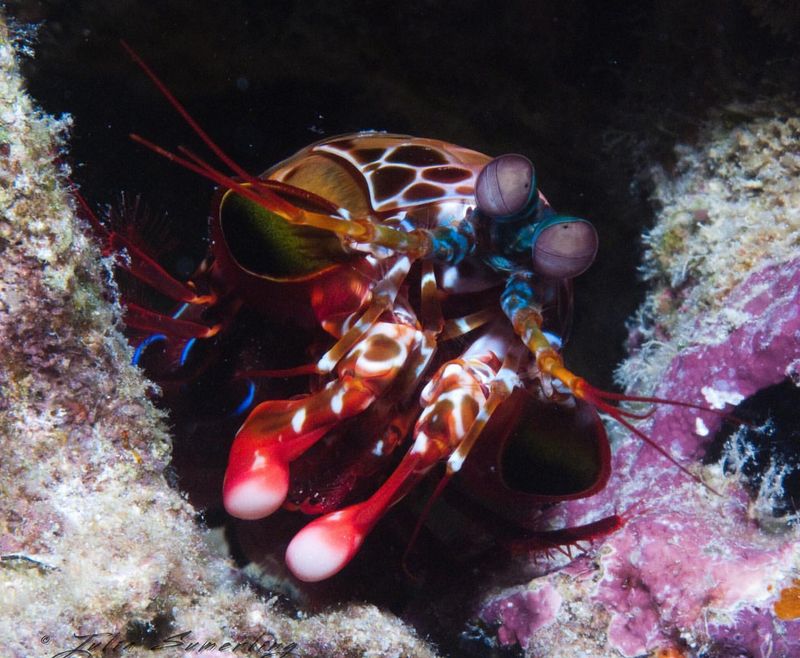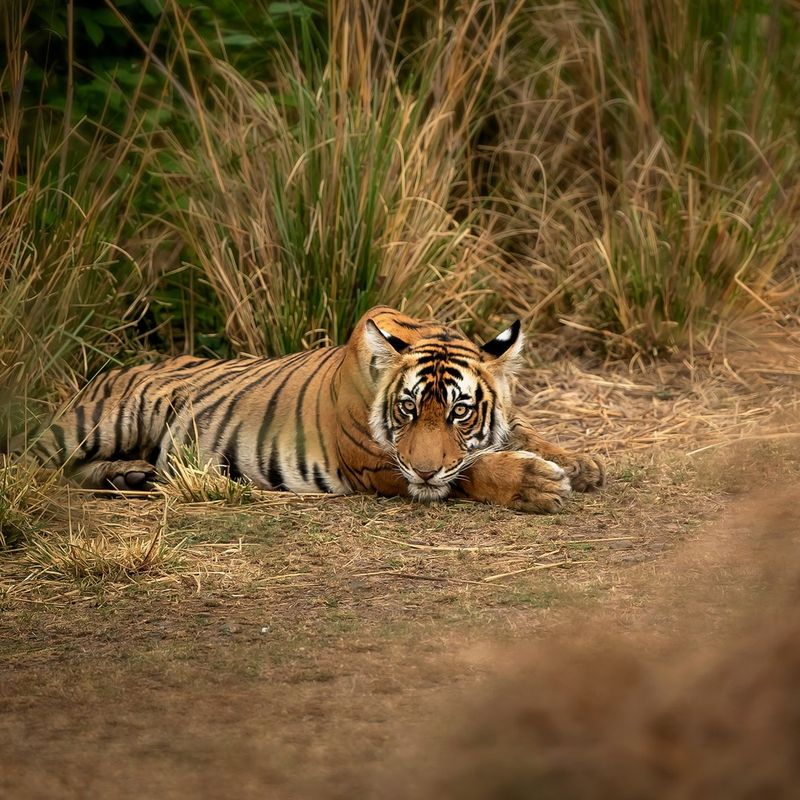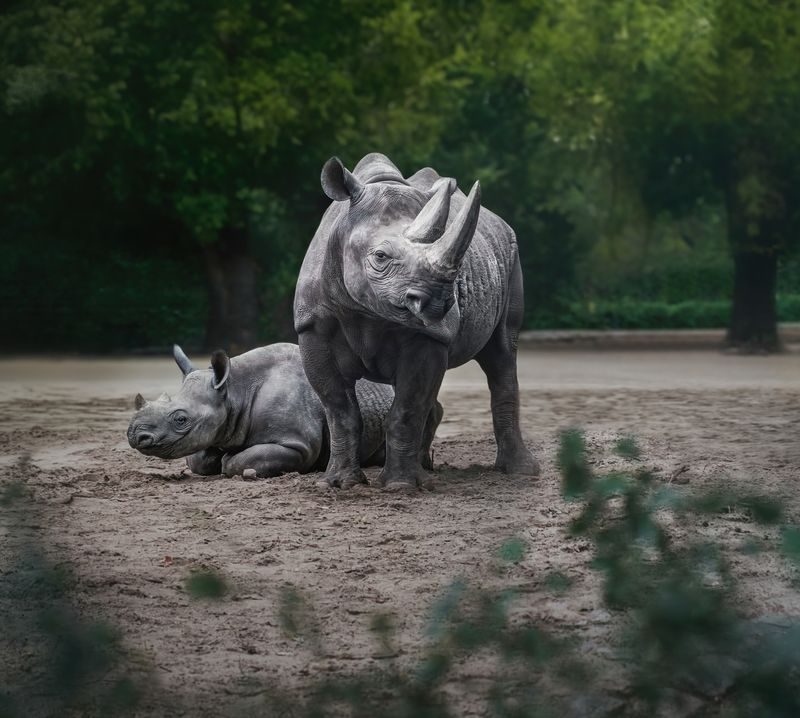📖 Table of Content:
In the animal kingdom, social bonds often play a vital role in survival, yet some creatures defy this norm by embracing a solitary lifestyle. These independent animals rely on their own resilience and adaptability, carving out lives of self-sufficiency in diverse habitats. Their behaviors and survival strategies highlight a unique approach to thriving in the wild.
From the arid deserts to the depths of dense forests, these solitary creatures navigate their environments without the support of a group. Their independence is often rooted in traits like heightened territorial instincts, specialized hunting skills, or the ability to adapt to unpredictable conditions. These qualities make them fascinating examples of nature’s versatility.
Meet 14 remarkable animals that have mastered the art of living alone, showcasing strength, resourcefulness, and independence. Their solitary lives remind us of the countless ways nature equips its creatures to survive and thrive on their own terms.
1. Snow Leopard
Snow leopards, with their elusive nature, are true masters of solitude. Found in the remote mountain ranges of Central and South Asia, these big cats roam vast territories, often spanning hundreds of square miles. They are rarely seen in groups, preferring the company of themselves.
Their thick fur, long tail, and powerful build allow them to navigate the rugged terrain with ease. Snow leopards are adept hunters, relying on their stealth and strength to catch prey. Living at high altitudes, they are experts at surviving harsh climates, further highlighting their independent nature.
In captivity, they exhibit stress when surrounded by others, reinforcing their preference for solitude.
2. Bengal Tiger
With its striking appearance, the Bengal tiger stands as one of the most iconic solitary animals. Native to the lush forests of India, these majestic creatures embody fierce independence, commanding large territories that they patrol with diligence and authority.
These territories are vital for their survival, providing ample prey and resources. Bengal tigers are powerful hunters, often stalking their prey silently before launching a swift attack. Their solitary nature is essential for maintaining the ecological balance of their habitat.
This independence is also reflected in their behavior; they are rarely seen in the company of other tigers, except during mating season or when a mother is raising her cubs.
3. Great Horned Owl
Powerful birds of prey, great horned owls are known for their solitary habits. Found across the Americas, these owls are most active during the night, when they hunt alone. With their distinctive tufts and large yellow eyes, they are formidable predators.
Their diet is diverse, consisting of mammals, birds, and reptiles, which they catch with precision. Great horned owls are highly territorial, often defending their area from other owls and predators. Their piercing hoot is a familiar sound in the wilderness, marking their presence.
Despite their solitary nature, they form strong pair bonds and may share a territory with a mate during the breeding season.
4. Wolverine
Solitary by nature, wolverines are often compared to small bears. Inhabiting the remote northern forests and tundra, they are elusive and rarely seen. Known for their fierce and aggressive behavior, these traits are essential for survival in harsh environments.
Their strong jaws and sharp claws allow them to hunt and scavenge efficiently. They are known to travel long distances in search of food, showcasing their endurance. Wolverines are highly territorial and will defend their area from intruders.
Despite their solitary nature, they are capable of taking down prey much larger than themselves, a testament to their strength and independence.
5. Platypus
A unique mammal found in eastern Australia, the platypus is known for its solitary lifestyle. With its distinctive duck-bill and webbed feet, it is perfectly adapted for life in the water. Platypuses are primarily nocturnal, spending their nights foraging alone.
They feed on aquatic invertebrates, which they hunt by using their bill to sense electrical signals. Living in burrows along riverbanks, platypuses lead a solitary existence, rarely interacting with others outside of the breeding season. Their independence is also reflected in their territorial behavior, as they mark and defend their home range.
This remarkable animal is a symbol of individuality and self-reliance.
6. Eurasian Lynx
Elusive and solitary, the Eurasian lynx is a skilled predator, easily identified by its tufted ears and spotted coat. Roaming across Europe and Asia, these cats prefer the quiet seclusion of dense forests and mountainous terrain. Their large paws and sharp senses make them formidable hunters, capable of silently stalking their prey.
Lynxes are highly territorial, with each individual maintaining a large range to ensure ample hunting grounds. They are rarely seen in groups, except for mothers with their young. The Eurasian lynx’s independent nature allows it to thrive in diverse environments, from icy tundras to temperate forests.
This solitude is essential for their survival, as it reduces competition for resources.
7. Polar Bear
Polar bears are iconic solitary animals, thriving in the harsh Arctic environment. With their thick white fur and strong build, they are well-adapted to life on the ice. These majestic bears are primarily solitary, except for mothers with cubs.
Polar bears are skilled hunters, relying on their keen sense of smell to locate seals, their primary prey. They travel great distances across the ice, showcasing their independence and endurance. This solitary lifestyle is vital for their survival, as it allows them to cover more ground in search of food.
Despite their solitary nature, polar bears are social during the breeding season, forming temporary partnerships.
8. Komodo Dragon
The largest lizard on Earth, the Komodo dragon is a solitary predator. Inhabiting a few Indonesian islands, these powerful reptiles are known for their strength and independence. With their ambush hunting style, Komodo dragons rely on stealth to capture their prey.
They are capable of taking down animals much larger than themselves, showcasing their power. These lizards are highly territorial and will defend their area fiercely from intruders. Komodo dragons lead a solitary life, coming together only to mate.
Their independence is evident in their survival strategies, as they can go for long periods without food, relying on their fat reserves during scarcity.
9. Octopus
Intelligent and solitary, octopuses are found in oceans worldwide. Masters of disguise, they use their flexible arms and ability to change colors to blend seamlessly into their surroundings. These mollusks favor solitary lives, often making dens on the ocean floor where they can rest and hunt in peace.
Octopuses are opportunistic hunters, using their intelligence to catch prey like crabs and fish. They have a short lifespan, which they spend mostly alone, except during mating. Their solitary lifestyle is essential for avoiding predators, as they can quickly escape and hide.
The independence of octopuses is evident in their problem-solving abilities, often escaping from enclosures in aquariums.
10. Leopard
Leopards are iconic solitary big cats found in various habitats across Africa and Asia. Known for their adaptability and independence, these predators prefer a solitary existence. Leopards are adept hunters, often dragging their prey up trees to avoid scavengers.
Their solitary nature allows them to roam large territories, ensuring ample resources. These big cats are highly territorial, marking their range with scent to ward off others. Leopards are elusive and rarely seen in groups, except during mating or when a mother is with her cubs.
Their independence and adaptability make them one of the most successful big cat species.
11. Brown Bear
Found in forests and mountains across the Northern Hemisphere, brown bears are equipped with thick fur and a strong build that suits their environment. They typically stay apart from one another, gathering only during the salmon run or for mating.
Brown bears are versatile foragers, feeding on a diet that includes fish, berries, and small mammals. Their independence allows them to roam vast territories in search of food. This solitary nature is crucial for reducing competition for resources.
Brown bears’ independent lifestyle is also evident in their behavior; they are known to be highly adaptable and resilient.
12. Mantis Shrimp
Found in tropical and subtropical waters, mantis shrimps are vibrant and powerful creatures. With their striking colors and strong claws, they lead solitary lives, primarily staying on the ocean floor. Highly territorial, these crustaceans often guard their burrows with remarkable aggression.
They are exceptional hunters, using their claws to strike prey with incredible speed and force. This independence allows them to survive in competitive environments, where resources are limited. Mantis shrimps are also known for their complex vision, able to see polarized light and a wide range of colors.
Their solitary nature is essential for maintaining their territory and reducing conflict with others.
13. Siberian Tiger
The Siberian tiger, the largest of all tiger subspecies, is a solitary animal found in the forests of Russia. With its thick fur and powerful build, it is well-adapted to cold climates. These majestic creatures are known for their solitary nature, with each tiger maintaining a large territory.
Siberian tigers are exceptional hunters, often traveling long distances to find prey. Their solitary lifestyle is crucial for avoiding competition for resources. This independence is also reflected in their behavior; they are rarely seen in groups, except during mating or when a mother is with her young.
Their resilience and adaptability make them a symbol of strength and independence.
14. Black Rhino
In the savannahs and forests of Africa, black rhinos roam as solitary herbivores. Recognizable by their hooked lips and rugged skin, they prefer to live alone. Highly territorial, black rhinos mark their range with dung and urine to ward off intruders.
Their independence allows them to browse for food, feeding on trees and shrubs. This solitary nature is essential for reducing competition and ensuring access to resources. Black rhinos are powerful animals, capable of defending themselves from predators and threats.
Despite their solitary habits, they occasionally come together at watering holes, where interactions are brief and often tense.
